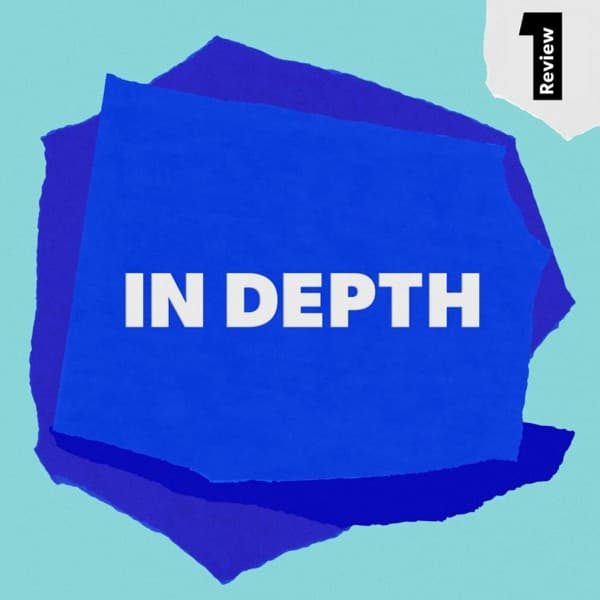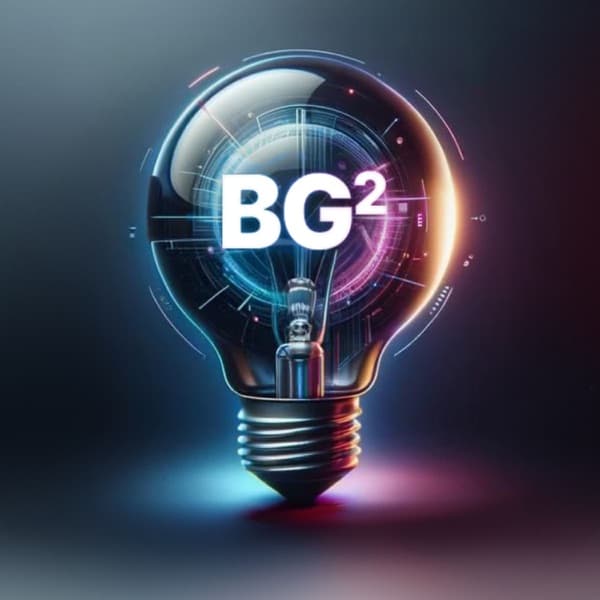Fireship: Google's Gemini 2.5 Pro surpasses OpenAI models, while OpenAI's GPT-40 image generator sparks controversy.
Fireship - OpenAI’s new image generator hits different...
Google's Gemini 2.5 Pro has quietly outperformed OpenAI's models, offering a free alternative to OpenAI Pro's $200 monthly fee. It excels in programming and reasoning tasks, rivaling Claude 3.7. Meanwhile, OpenAI's GPT-40 image generator has transformed the internet with its ability to create anime-style images, raising concerns about AI's impact on art and privacy. The generator uses an autoregressive approach, generating images pixel by pixel, and includes a watermark for authenticity tracking. This has sparked debates about AI-generated content and the need for disclosure. Additionally, Chinese companies like DeepSeek, Alibaba, and Tencent are releasing competitive AI models, challenging Google's dominance. These models are accessible and can generate extensive code, posing challenges for programmers who must refactor and review the output. Tools like Code Rabbit, an AI co-pilot for code reviews, are emerging to assist programmers by providing feedback and suggesting fixes, enhancing productivity and code quality.
Key Points:
- Google's Gemini 2.5 Pro is a free, powerful alternative to OpenAI models, excelling in programming and reasoning tasks.
- OpenAI's GPT-40 image generator creates anime-style images, raising concerns about AI's impact on art and privacy.
- The GPT-40 uses an autoregressive approach for image generation, including a watermark for authenticity tracking.
- Chinese companies are releasing competitive AI models, challenging Google's dominance and offering open-source options.
- Code Rabbit, an AI tool for code reviews, provides feedback and suggests fixes, improving productivity and code quality.
Details:
1. 🚀 Google and AI Model Showdown
- Google has quietly outperformed every open AI model on the market with the release of Gemini 2.5 Pro, showcasing its dominance in AI technology.
- Gemini 2.5 Pro is noted for its advanced capabilities, setting a new benchmark in the AI industry, although specific features were not detailed in the transcript.
- Other companies like DeepMind, Tencent, and Quen have released competitive Chinese AI models but have not matched the impact of Google's release.
- Google's advancements with Gemini 2.5 Pro are currently the focal point in the tech world, overshadowing competitors and reinforcing its position as a leader in AI innovation.
2. 🎨 GPT-40's Artistic Revolution
- OpenAI has introduced GPT-40, a groundbreaking image generator transforming the internet with its artistic capabilities, sparking debates about its impact on creative industries.
- The technology has led to what some describe as a 'GBI anime cartoon nightmare,' raising concerns about the potential for creating unsettling or dystopian imagery.
- Senpai Miyazaki, a prominent figure in animation, has criticized the technology, labeling its integration into art as an 'insult to life itself,' highlighting ethical concerns.
- Miyazaki's past warnings about AI's potential to generate 'creepy' and 'disgusting' content are now seen as prophetic with the release of GPT-40.
- This development prompts a broader discussion on the ethical implications of AI, balancing technological advancements with societal concerns in the creative field.
3. 📰 OpenAI's Redemption with New Tool
- OpenAI released GPT-40, potentially disrupting social media by altering meme landscapes, indicating a significant shift in content creation and engagement strategies.
- The release date is noted as March 28th, 2025, providing a futuristic context and highlighting the speculative nature of the discussion.
- OpenAI's new tool is part of a broader suite aimed at advancing towards technological singularity, suggesting strategic goals of innovation and leadership in AI development.
- The mention of 'redemption' suggests OpenAI is recovering from previous setbacks or criticisms, aiming to restore its reputation and influence in the tech industry.
4. 🔍 Exploring GPT-40's Cutting-edge Features
- GPT-40 includes an image generator that has significantly improved over previous iterations such as GPT 4.5, allowing for high-quality graphic design without the need for traditional tools like Canva.
- The image generator can render text nearly perfectly and produce complex outputs like comic strips, with additional capabilities such as handling transparency.
- It features the ability to transform images into specific art styles and maintain character continuity, enabling updates to images with new poses or outfits.
- GPT-40 utilizes an autoregressive approach for image generation, creating images pixel by pixel, unlike diffusion models that generate entire images at once.
- Images created with GPT-40 contain a watermark for provenance and authenticity, visible when checked with the CTPA tool, indicating Open AI as the generator and tracking modifications.
- The watermarking system is being adopted by camera and software developers to ensure digital asset integrity, balancing misinformation prevention with privacy concerns.
- Platforms such as YouTube and Steam are requiring creators to disclose AI-generated content, sparking debates about the necessity of such disclosures based on the perceptibility of AI involvement in content creation.
5. 💡 The Rise of Diverse AI Models
- Google's Gemini 2.5 Pro is a leading model with a larger context window, offered for free compared to OpenAI Pro's $200/month fee.
- Deep Seek 3.1 and Alibaba's Quen 2.5 Omni are strong competitors, with Quen 2.5 Omni offering multi-modal capabilities such as visual, auditory, and textual processing.
- Tencent's T1 and ByteDance's Dapo are emerging players; Dapo is an open-source reinforcement learning platform aimed at developing large-scale language models.
- The availability of open-source Chinese models facilitates extensive code generation, necessitating enhanced code refactoring and review.
- Code Rabbit, an AI co-pilot, provides immediate feedback on pull requests by understanding entire codebases and suggesting instant fixes, improving with continuous use.
- Code Rabbit is free for open-source projects and offers a one-month free trial for teams using the promo code 'fireship'.
6. 🎥 Final Thoughts and Sign Off
- Reflect on the key insights shared throughout the session, emphasizing the practical strategies and actionable steps discussed.
- Ensure to summarize the impact of the strategies on metrics such as revenue growth, operational efficiency, and customer satisfaction.
- Highlight any specific examples or case studies mentioned that illustrate successful implementation of the strategies.
- Conclude with a call-to-action or final thought that encourages the audience to apply the insights in their own contexts.
Included Channels
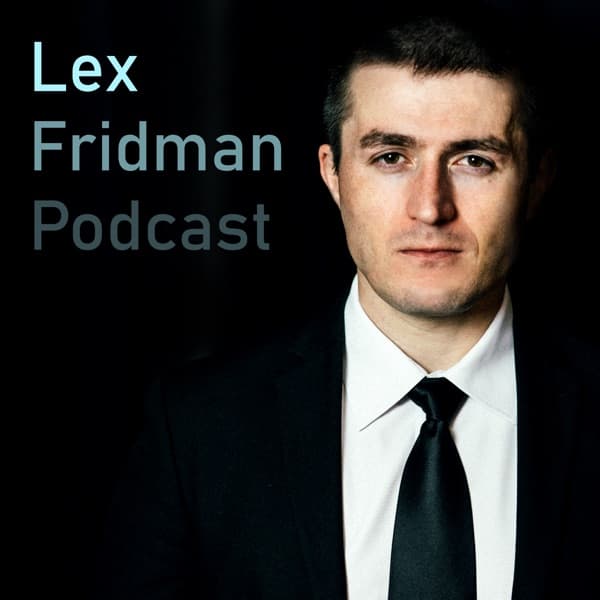 Lex Fridman Podcast
Lex Fridman Podcast All-In with Chamath, Jason, Sacks & Friedberg
All-In with Chamath, Jason, Sacks & Friedberg Modern Wisdom
Modern Wisdom Greymatter
Greymatter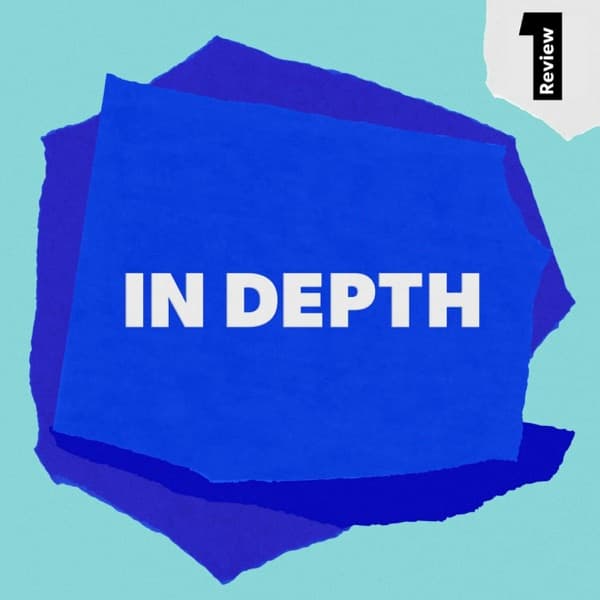 In Depth
In Depth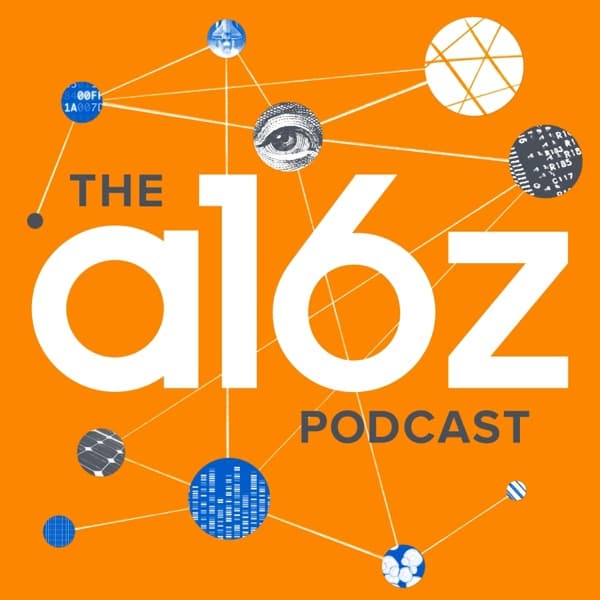 a16z Podcast
a16z Podcast Lenny's Podcast: Product | Growth | Career
Lenny's Podcast: Product | Growth | Career Lightcone Podcast
Lightcone Podcast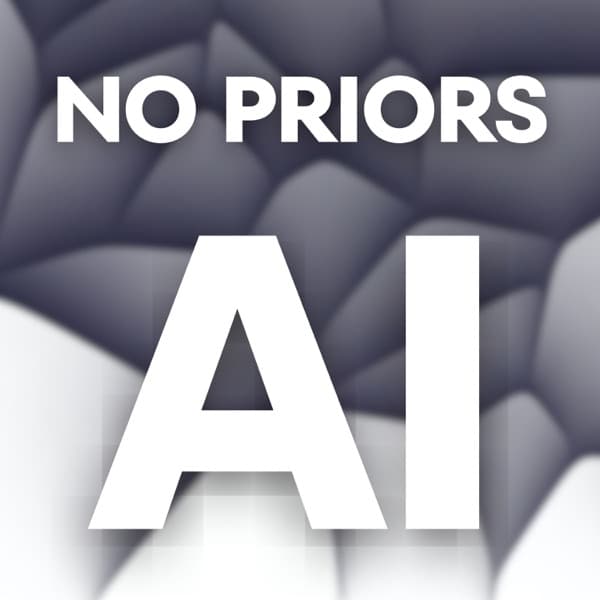 No Priors AI
No Priors AI The Twenty Minute VC (20VC): Venture Capital | Startup Funding | The Pitch
The Twenty Minute VC (20VC): Venture Capital | Startup Funding | The Pitch How I Built This with Guy Raz
How I Built This with Guy Raz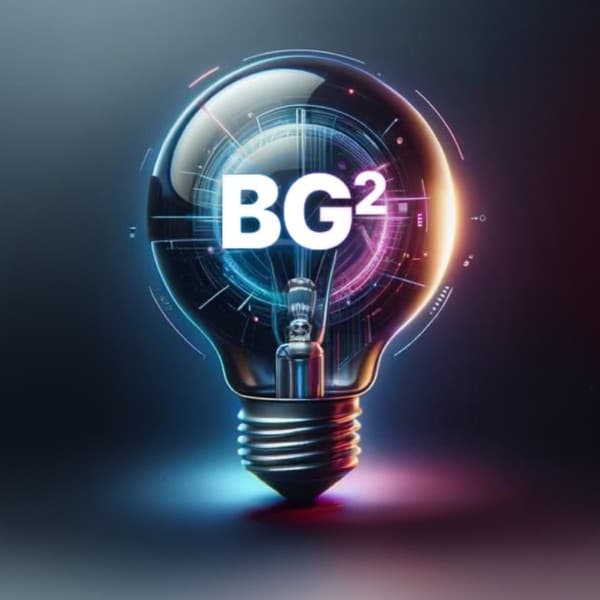 BG2Pod with Brad Gerstner and Bill Gurley
BG2Pod with Brad Gerstner and Bill Gurley Latent Space: The AI Engineer Podcast
Latent Space: The AI Engineer Podcast


